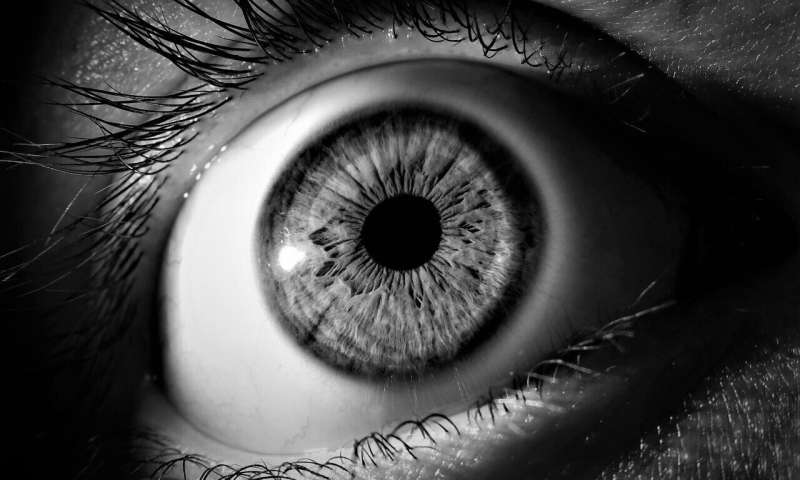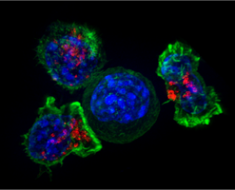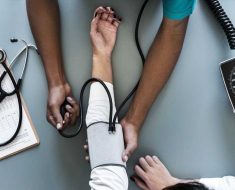
Retinoblastoma is a cancer that forms in the light-detecting cells in the back of the eye. It often appears in children under two years of age and can lead to blindness or eye removal. Most cancers are biopsied and studied so that medical research can design targeted treatments. Unfortunately, this is not possible with retinoblastoma. Thanks to research led at Children’s Hospital Los Angeles, this is no longer the case.
“You can’t directly biopsy retinoblastoma,” says Jesse Berry, MD, Associate Director of Ocular Oncology at Children’s Hospital Los Angeles. The tumor is like liquid and has cells all over the eye. “Plus,” she says, “retinoblastoma cells can spread easily. Direct biopsy can cause relapse or spread of the disease outside of the eye.” This makes diagnosis tricky. In the absence of molecular tests, trained ophthalmologists, like Dr. Berry, must look for anomalies in the eye and use ultrasound imaging to diagnose the disease.
But Dr. Berry’s work has changed this. In what she humbly describes as “serendipity,” Dr. Berry has discovered a way to find genetic tumor information in the aqueous humor—the liquid found inside the eye. This means more accurate diagnoses and access to studying the disease on a molecular level. For other cancers, this has led to successful new treatments. “It’s exciting to be doing this work, which is really unique to CHLA,” she says “We’re leading this field and it’s going to make significant changes for kids affected by this cancer.”
While it would be easier to be able to use a less-invasive blood sample, Dr. Berry’s research has shown that aqueous humor biopsies are superior for this specific cancer. “This information is critical for us to have,” she explains. “It would be easier if we could get tumor information that way, but in our study there was no sign of retinoblastoma in blood samples.”
Source: Read Full Article





